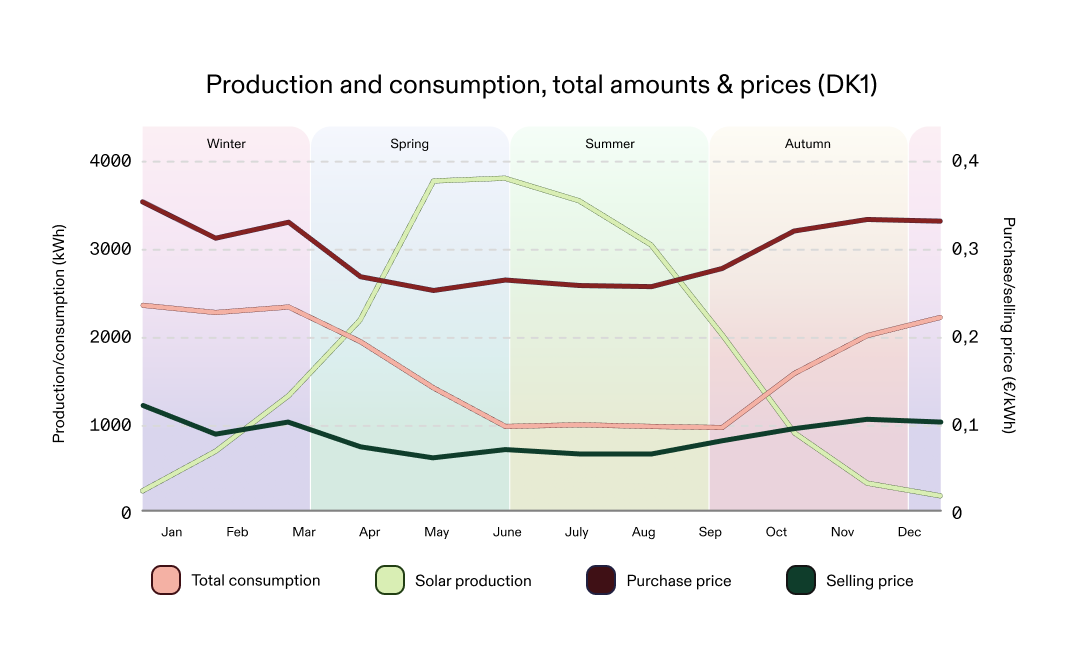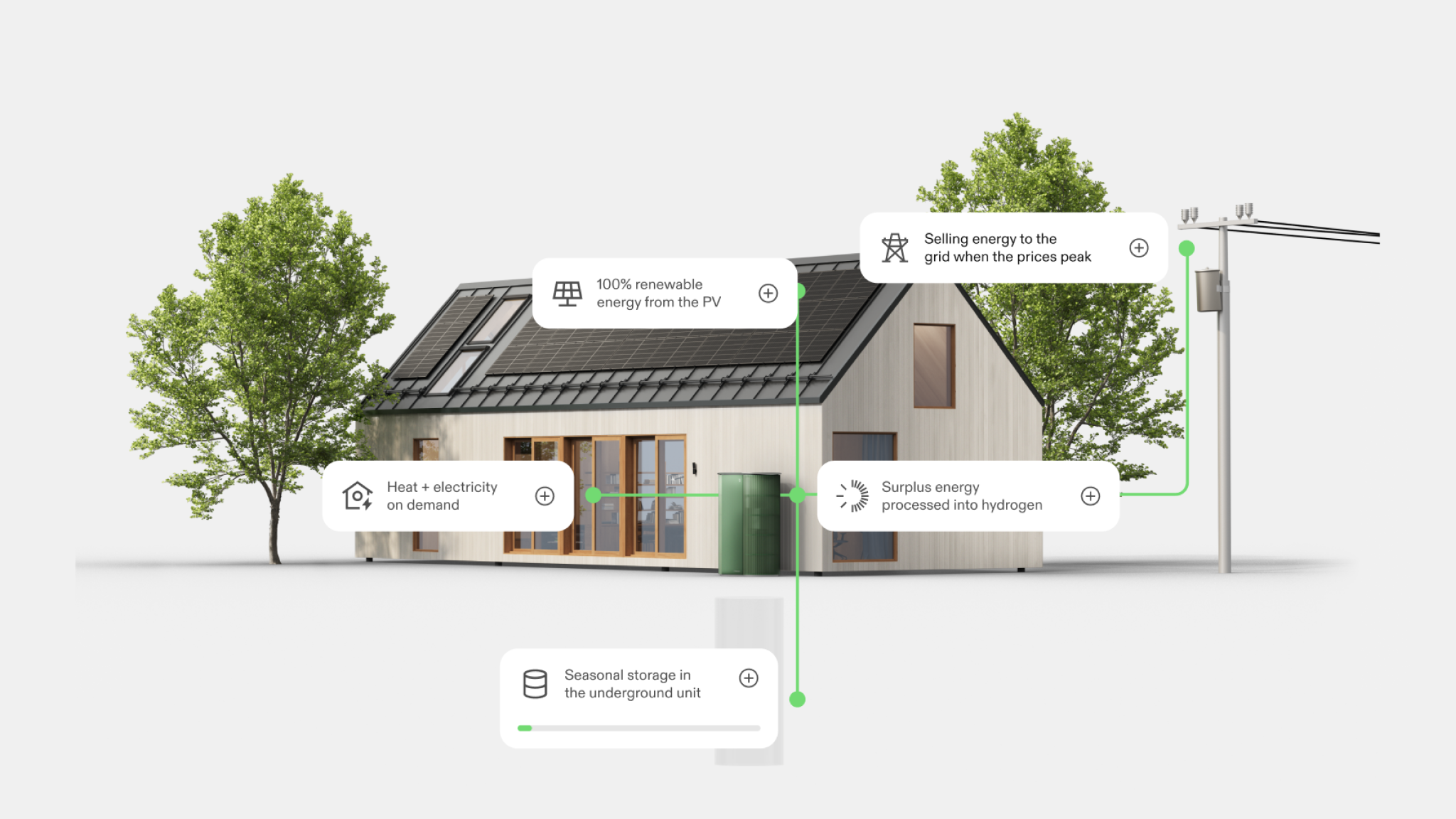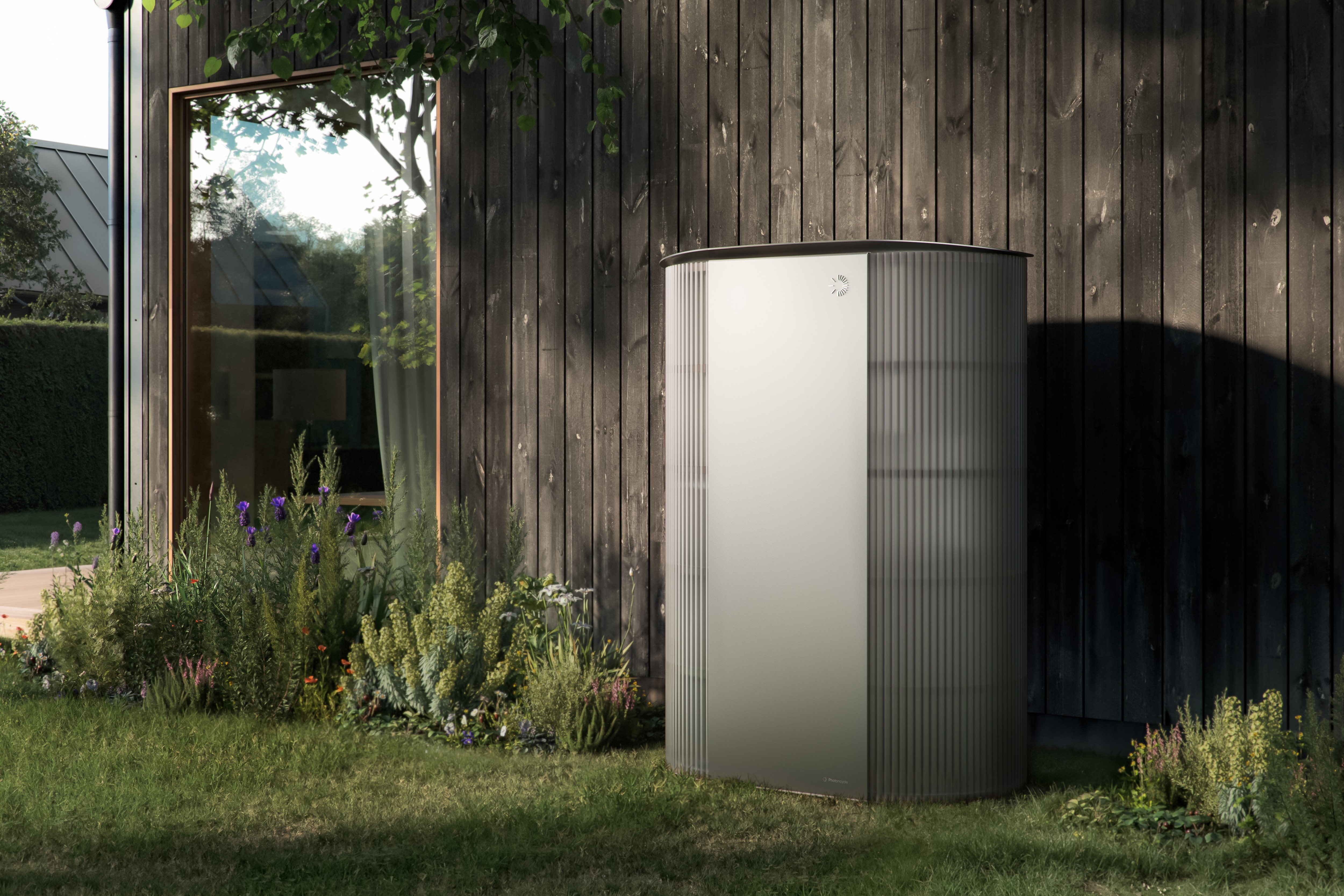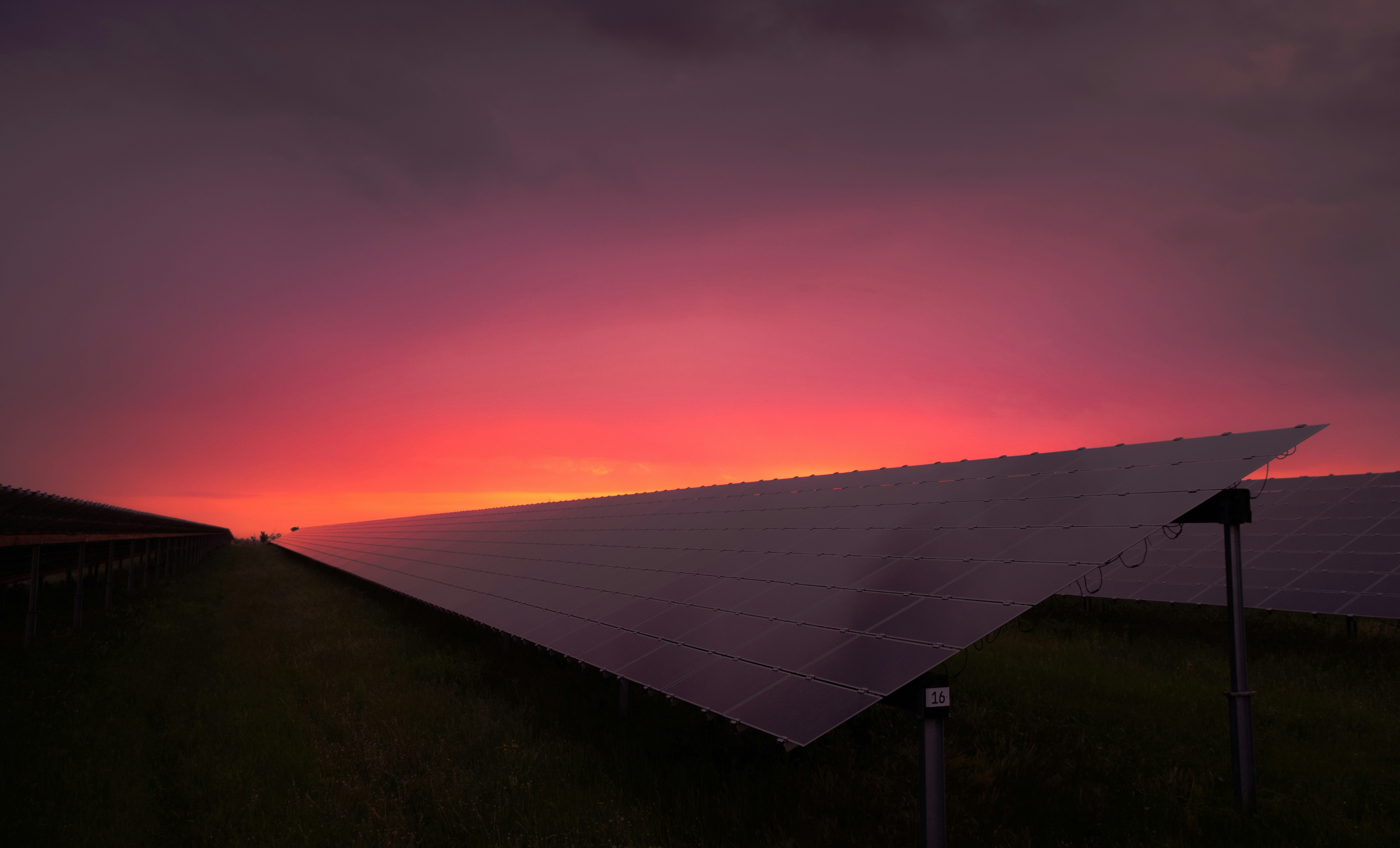How many solar panels do i need?

Understanding the mismatch between consumption, peak load, and solar production
When homeowners consider investing in solar panels, the first question is often: how many panels do I need to cover my annual electricity consumption? While this is an important starting point, the real answer is more complex. To size a solar system correctly, it’s not enough to look only at yearly consumption — you also need to understand when your household uses energy, and how that compares to when solar panels actually produce it.
The real challenge: production and consumption don’t align
Most households have their highest energy demand in the mornings, evenings, and during the cold winter months. Unfortunately, solar panels generate the most electricity at midday during summer. In other words, peak load and peak production rarely occur at the same time.
This mismatch is the core challenge of solar energy. A household may have a 7 kW evening peak load, but a 7 kWp solar system cannot cover it, because by evening solar production is close to zero. Without storage, households remain dependent on the grid for much of the year.

Why "short-term" batteries are not enough?
Conventional household batteries can help smooth out daily fluctuations. For example, they can store surplus solar power produced during the day for use in the evening. However, these batteries are only designed for short-term balancing. They cannot solve the seasonal gap, where large amounts of summer energy go unused while winter demand remains high.
Photoncycle: solving the seasonal gap
Photoncycle is designed to overcome this fundamental limitation. By storing surplus solar energy from summer and making it available during winter, the system removes the need for real-time matching between production and consumption. Instead of sizing solar to meet peaks hour by hour, homeowners can focus on producing enough energy across the year to cover both electricity and heating needs.

System sizing for seasonal storage
For seasonal storage to make sense, households need large enough solar capacity to create significant summer surplus.
- With Photoncycle, this typically means a minimum of 20 kW solar capacity.
- At this scale, enough energy can be captured during the summer months to cover household heating and electricity demand during the winter season.
Household examples
Every home is different, but looking at typical household profiles helps illustrate the challenge — and how Photoncycle changes the equation.
- Standard family home (5–8 kW peak load, 6–10 kWp solar): With conventional solar and a small battery, much of the winter demand still needs to be bought from the grid. With Photoncycle, the system would need to be scaled beyond 20 kW to store enough for the heating season.
- Large family home with EV and heat pump (10–12 kW peak load, 10–15 kWp solar): Solar plus battery can cover evening peaks in summer, but winter heating remains a challenge. Photoncycle enables storage of summer surplus for winter, unlocking real independence.
- Fully electric household with multiple EVs and sauna/pool (12–20+ kW peak load, 15+ kWp solar): These homes require very high continuous energy availability. With Photoncycle and solar capacity of 20–30 kW or more, year-round energy self-sufficiency becomes possible.
Smart energy management as a complement
Even with seasonal storage, smart energy management can optimize efficiency. Load shifting — such as charging EVs during sunny hours — reduces reliance on the grid further. But the fundamental advantage of Photoncycle remains: production and consumption no longer need to be aligned in real time.
Conclusion
The key challenge with solar energy is not just installing enough panels to meet household peak loads. It is the mismatch between when energy is produced and when it is needed. Conventional solar systems, even with batteries, cannot fully address this. Photoncycle solves the seasonal gap by storing surplus energy from summer for use in winter. With systems of 20 kW or more, households can finally achieve genuine year-round energy independence.

